Just add games: gamification as the present and future of online education
Gamification is a certain mechanism, or a set of tools, that allows us to diversify learning and combine studies with entertainment.

Online education is systematically moving towards more gamification, applying it both in the rating system of users and in homework in the form of tests and cases. You can see it in any of our courses on Lectera. Today let's discuss how it works, how the giants of the educational industry use it, and how to implement it into your online learning.
Why is gamification important for online learning?

Elements of gamification make any learning more interesting, helping to get away from mundane standards which means more motivation to complete tests and homework and a better understanding of the material. In addition, the game mechanism makes the lesson more memorable. For example, some GeekBrains and Netology courses have ratings, achievement badges, and other motivational elements for their students.
A research on the online education market in Russia shows that courses based on gamification will grow by 17% by 2021 (this is the highest indicator in the education industry). Thanks to the gaming component, activation rates of the Lingualeo service have already increased by a record of 30%.
The creators of the innovative education platform Lectera develop tests and case studies for each online course. It is especially important that they are not for testing, but for the actual training and learning. The user works on tests and cases not for the sake of passing a test or getting a rating or certificate.
The cases offer situational questions with multiple answers based on the lesson materials. They can't be right or wrong. Just by choosing the answer, the user sees the possible outcome right away - what will happen if in the described situation you act a certain way. You can click all the given options and see all possible outcomes, interesting, right?
Lectera tests also differ from common testing. In most cases, these are simulated life situations. You need to choose one or more correct answers. Often they are not obvious, the outcome may depend on the smallest details, just like in life. Only the cost of your mistake, in reality, can be high, while with the tests you just need more time to check the answers again.
What does gamification solve?
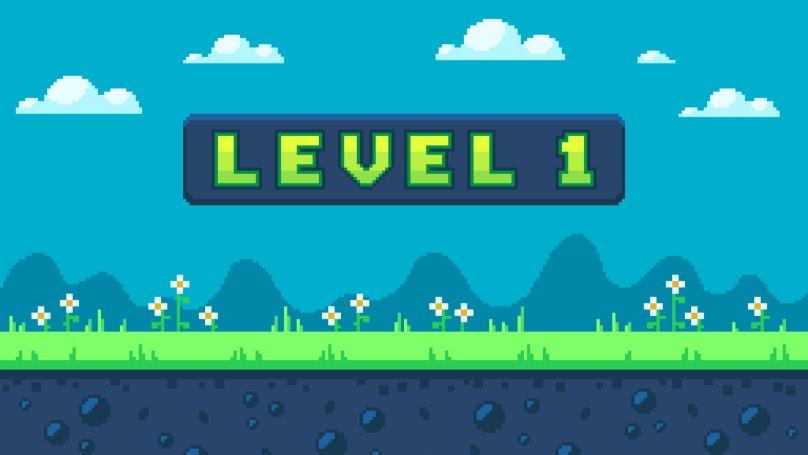
The implementation of game elements into the learning process solves two tasks at once - the distribution of expensive information products and the number of students who complete the course. This course format motivates to graduate - students like to compete with each other and go through new levels.
This is successfully used, for example, in C.Academy, which specializes in admission to colleges in other countries. Before direct advertising of "comprehensive support during the admission process and obtaining a scholarship," the audience is "warmed up" in several social network accounts of the company. There are live broadcasts and free webinars on the topic of college admission, free checklists - that is, they build their sales funnel on gamification.
Types of gamification
Online learning applies end-to-end and point gamification.

The end-to-end game component goes through all course modules. For example, it can be a system of achievements, a special game scenario ("save the company from bankruptcy while taking a course on financial markets"), visualization of the learning process. The user comes across gamification at every Wikium level. Moreover, it is the base of all the training workshops available on this platform. The results are impressive - in two months the student's attention span is almost doubled.
Point gamification is a single application of interactive tools in webinars and some products. For example, instead of conducting a standard survey among the audience, you can ask questions posted on the Kahoot! Service and the mini-rating of the webinar participants will depend on the speed and correctness of the answer. And if your audience is schoolchildren, you can suggest them to share their thoughts about a lecture or day at your education center using the ClassDojo app. It automatically updates information about the class, sends class photos to students' parents, and makes communication easier.
Implementing gamification - where to start
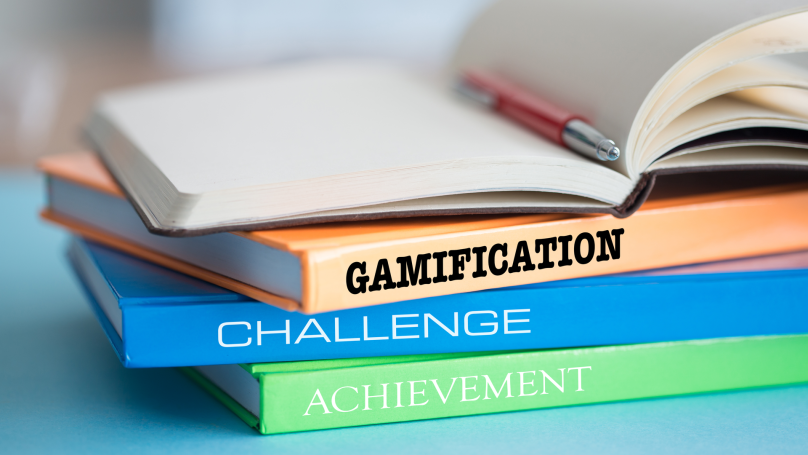
Create clear and detailed instructions with all details about the gamification options (for example, "what a leader's badge is, how you can get it, and what it will give you"). The Minecraft EDU service has such an instruction, which is actively used to teach elementary school students in English-speaking countries and the only difference with its fully gaming counterpart is that while creating a house from cubes, the user solves several geometry problems. Also, make sure that all the achievements are relevant to the audience and potential students can try them out.
Test several options. Include game mechanics in courses for all ages - it won't hurt for sure. Experiment - you can try different ways, don't follow the beaten path. This is what the creators of the PepsiCo corporate quest do to help beginners to adapt - future employees in real offices solve cases, study videos, communicate with their coworkers.

Do not try and control the entire learning process. Gamification is an external motivation, it doesn't last. The students set the goal of their studies themselves and they will adjust it themselves as well, if you show that they are responsible for their results. For example, in Lingualeo, students need to take lessons to feed the lion, and in Duolingo, they shouldn't upset the bird that very often reminds of a missed lesson.
Increase student engagement. A detailed script, storylines at each level (as, for example, in some courses by FutureLearn), and various achievements will help to reach a high level of student engagement.
When designing tasks, take into consideration which of the student/player's actions you can track. Then reward them for reaching the specified goals, and diversify tasks (they must differ in the time given to solve them, duration, and complexity). Allow several attempts to solve the problem, ideally, provide feedback on mistakes (at least on the most frequent ones), use the system of characters that will show up when the students pass levels or do homework.
Gamification in corporate universities

Before releasing a project for corporate training, make sure that the user can "lead" others (show how to perform a certain task), with a chance to become the hero of the day and save the team from failure (there can be a special badge for this), and that the user can give earned points to other players.
Remember to balance external and internal motivation. Offer the best player of the week to become a forum moderator. Give the team that spent the most hours on training access to VIP levels or some other activities (such as an online library, a real cinema, etc.). The one who collected all the badges of the month gets the company's merchandise and a loyalty card from a partner store.
Gamification elements and practices: checklist
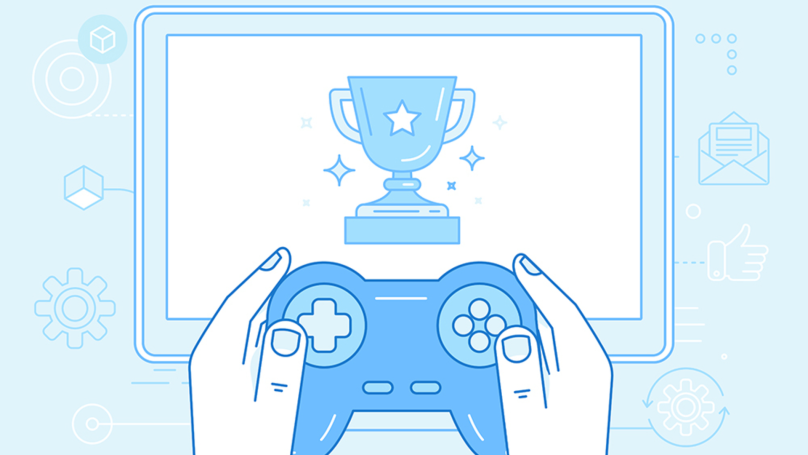
Game elements:
- Points or score for completing tasks. They show the place in the rating and the user's progress, but they don't motivate if separate from other gamification options.
- Badges (or "achievements"). A collection of badges with new titles motivates to complete the course - it creates reputation.
- Ratings. They can take into account several indicators or be compiled in separate areas. It is highly desirable to offer the ability to search the positions on the table, create your own ratings (with coworkers or classmates) and reset the table at the end of a certain module (the "start over" effect).

Game practices that work great both for corporate training and for individual completion of educational products:
- Game tests, exercises, quests.
- Elements of randomness (the so-called chances of increasing score or getting easily a badge, which players receive randomly).
- Collaboration (joining efforts between players or teams).
- Competition.
- Feedback (including information on success or automated tips for completing the course).
- Deals (the ability to exchange points for certain achievements or the opening of new levels with additional materials).
Gamification is used in both online and offline education. However, while it is usually difficult to allocate time for it in traditional face-to-face classes, gamification is widely used in online courses, elevating student engagement, as well as the profit of platform creators. Learning through gaming (or at least with its elements) allows both children and adults to acquire and, most importantly, remember a large amount of knowledge.
Share this with your friends via:
Latest News

A significant stage in the development of the alternative education system has begun in West Northamptonshire in the UK: the County Council is actively calling on parents, guardians, and trustees to participate in shaping the future of this key area.

Outwoods Primary School in Atherstone, Warwickshire, having experienced deep sadness after the loss of their famous cat, Silla, has found solace in a new pet – a Maine Coon named Aloysius O’Hara.
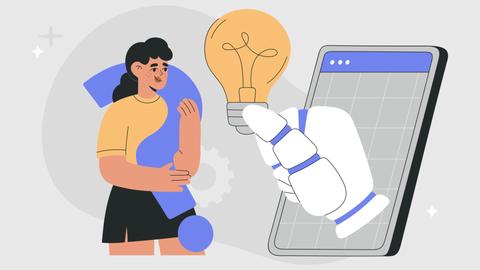
In modern universities, artificial intelligence, and in particular ChatGPT, is rapidly transforming from a controversial tool into a full-fledged student assistant.
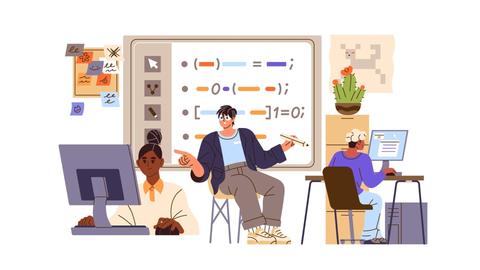
An innovative educational project is gaining momentum in UK primary schools, aiming to change attitudes towards video games.

The Massachusetts Institute of Technology (MIT) presents MIT Learn – a revolutionary online platform that opens a “new front door” to access university knowledge and resources.












 Mental Traps That Are Easiest to Fall Into During Winter
Mental Traps That Are Easiest to Fall Into During Winter
 Life After the Holidays: How to Beat the Post-New Year Blues
Life After the Holidays: How to Beat the Post-New Year Blues
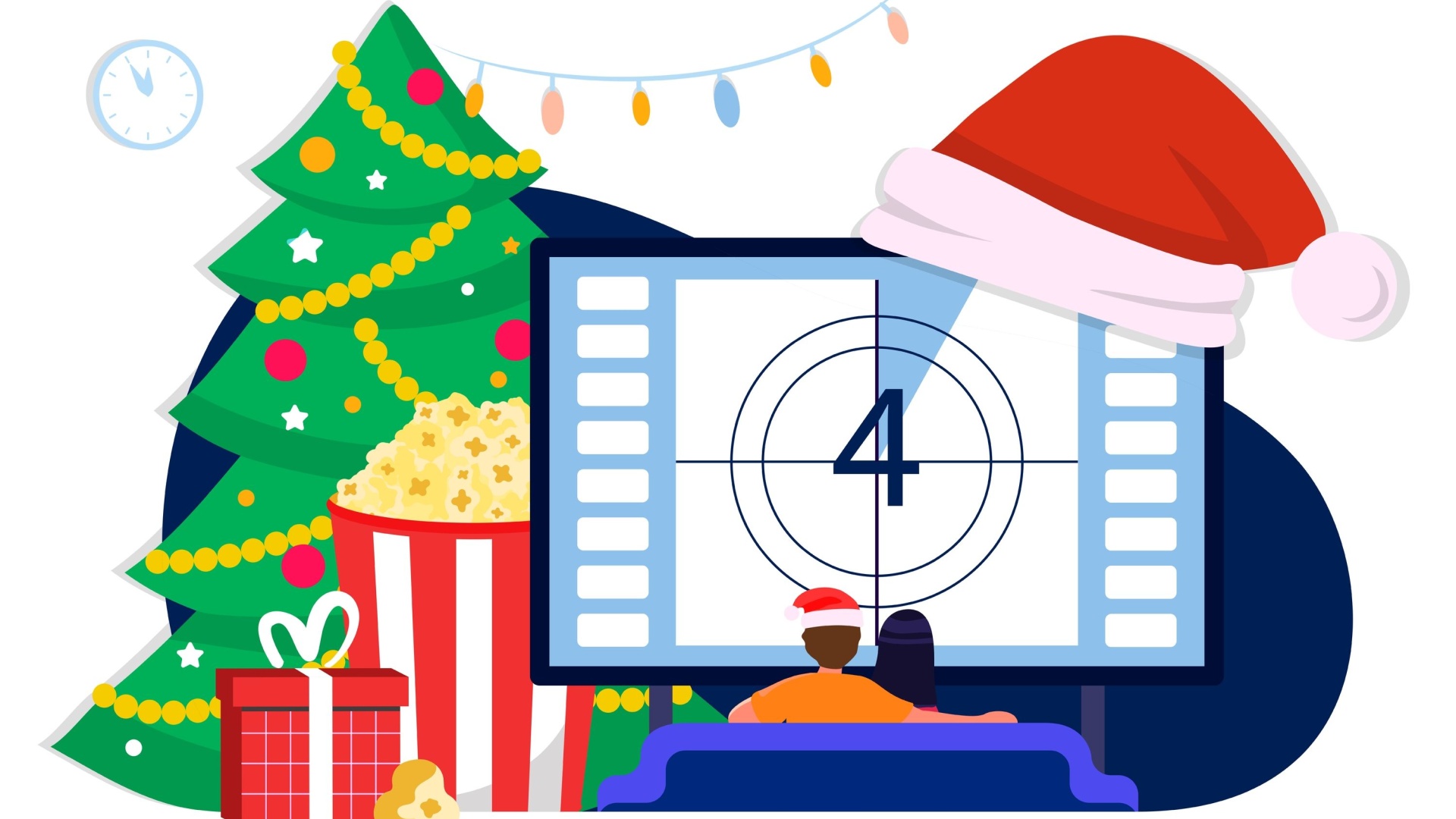 Which Christmas Movie Character Are You?
Which Christmas Movie Character Are You?
 Test. What Career Goal Should You Set for Next Year?
Test. What Career Goal Should You Set for Next Year?
 Your New Year’s Forecast: What Awaits You in the New Year?
Your New Year’s Forecast: What Awaits You in the New Year?
 Test. Which New Year Archetype Are You?
Test. Which New Year Archetype Are You?
